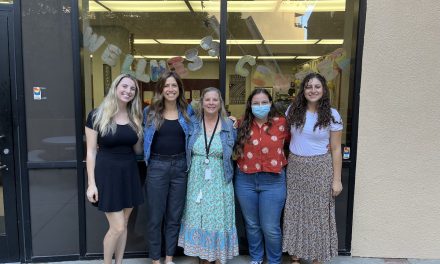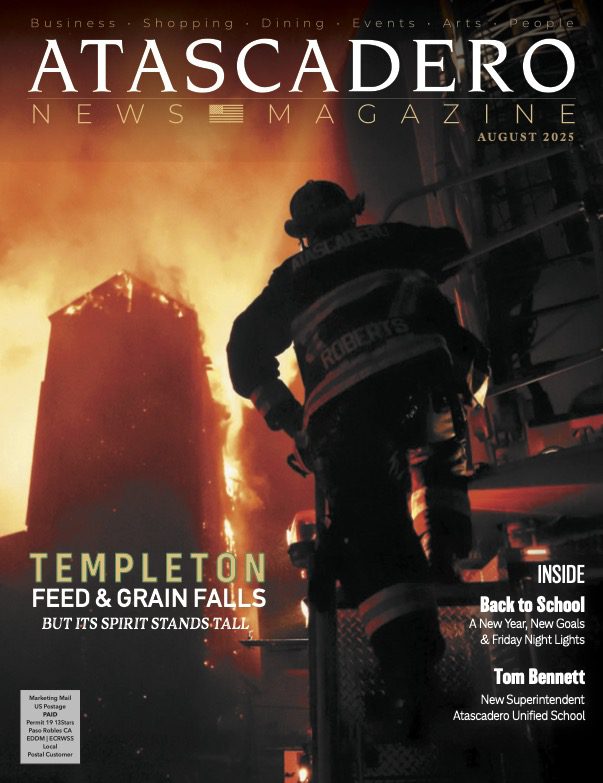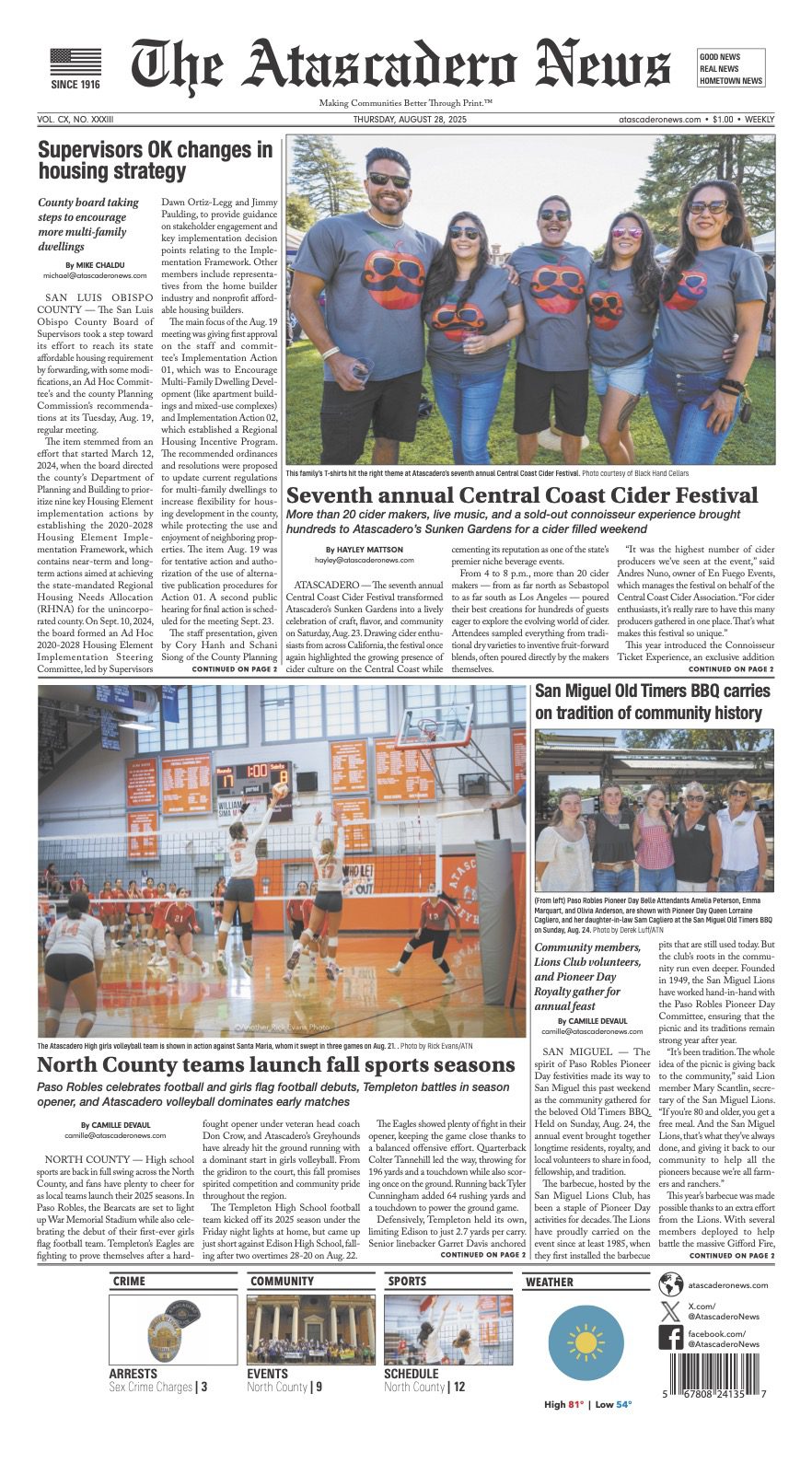District board discusses concerns, requests from Carissa Plains Elementary students, parents
ATASCADERO— In its next-to-last meeting of the 2024-25 academic year the Atascadero Unified School District Board of Trustees held a public hearing of the budget for the 2025-26 school year on Tuesday, June 3.
Assistant Superintendent of Business Services Kendyl Darnell explained the projections to the trustees and the district inches closer to it summer break.
Darnell began by explaining state and national budget situations and how that relates to local schools.
She pointed out how Gov. Gavin Newsom has made May revisions to the budget amid financial uncertainty, and federal policies and education funding cuts look to have a further impact on California policy.
Locally, Darnell looked to one of the district’s biggest financial drivers: Average daily attendance. She reported the AUSD had an enrollment of 4,853 students, with an ADA of 4,036.95, or 92.6% of the student body.
“We had originally projected that our ADA for 2024-25 school year would be about 93.5%; unfortunately we did not realize this growth in attendance,” Darnell said. “Student attendance is the primary driver to our funding. This will continue to be a priority for the district.”
For district revenues, Darnell projects total revenues of $66,465,599 in 2025-26, for a decrease of $131,876 from 2024-25. However, with projected total expenditures of $71,586,502, the district is expected to operate with a deficit of $5,120,903.
Darnell said the district is projected to operate at a deficit through at least the 2027-28 school year, although the shortfall that year is expected to be pared down to an estimated $740,285.
One area of concern is Special Education which shows expenditures consistenly exceeded than revenue, with the district have to pay for the shortfall.
“Dealing with staffing shortages and increased demand, we do have to use contracted staffing agencies to meet the needs of our students,” Darnell said. “We’re proud of the services we provide to our disabled students, but we are faced with mounting increases for the costs of these mandated programs, and we’re not keeping pace.”
Darnell said next year, the district will allot $12.8 million to Special Education from its general fund, which represents 23% of the fund.
Those numbers caused concern from at least two the trustees.
“This just isn’t sustainable, and this is an issue that’s been going on for a long, long time,” Trustee Vy Pierce said. “What are we going to do about it?”
“I think advocacy is our biggest for this particular challenge,” Darnell replied. “These students deserve a high-quality education and to get that we need funding, and we need people to advocate for that at the state and federal level.”
Trustee Rebekah Koznek agreed that more needed to be done in that area.
“I’ve been in conference with the CSBA (California School Boards Association), and I ask them if they’re pushing for more special education funding,” she said. “And they say they do, but I’m not seeing anything.”
In another item, the board discussed the situation at Carissa Plains Elementary School, the district’s remote campus, which had requested in recent weeks that the campus be expanded from a K-5 to the addition of a grades six through eight. Currently, students in those grades are being bused to Atascadero Middle School, which is approximatley 45 miles away.
As they had in recent meetings, a group of Carissa Plains students and parents came to again voice their requests to council to expand their campus to a K-8.
Parent Adriane Twisselman thanked the board for putting the CPES issue on the agenda, and repeated the group’s request.
“This request is rooted in practicality, community investment, and student well-being,” she said. “We are asking for a dedicated middle-school program on site that caters to the needs of the Carissa Plains community.” Twissleman added that alternative options include reinstating just sixth grade on the campus with a multi-credentialed teacher on-site, and state waivers to allow students to go to schools closer to Carissa Plains.
Twisselman noted that the middle school students’ “nearly hundred-mile daily journey takes a toll on students’ well-being.”
When it came time for the Carissa Plains discussion item, the board was sympathetic and appreciated the input from the CPES group, although the middle school campus there wouldn’t happen next academic year.
Superintendent Tom Butler thanked the contigent for coming out to speak, and for the correspondence the district received for the subject, and assured them that incoming Superintendent Tom Bennett was also keeping abreast of the situation.
Trustee Tracy Ellis-Weit, who said she was on the committee that had decided to reduce CPES to a K-5 campus, said she was open to forming a committee to discuss making the campus a K-8 one again.
“I would like us to think about, for next year, putting together a CAC (Community Action Committe) of principals, administrators, a couple of board members to investigate that possibility,” she said.
Koznek agreed with the idea, but warned it would be a long process.
“We’re frustrated at the pace, and there’s a lot of work to be done,” she said. “We appreciate you coming to these meetings to talk to us, but there are a lot of things we’re working on. The ball is moving; I don’t know which way it will go, so no promises, but we are listening.”
Butler, who will be succeeded by Bennett on July 1, agreed that the matter should be discussed.
“Committee is a good way to go, and you can involve Dr. Bennett in that,” he said. “Tonight we capture that desire, and we tackle it in August.”
The board will meet next Tuesday, June 10, at an earlier time, with closed session a 3 p.m., and open session at 4 p.m. before taking a summer break until August.














